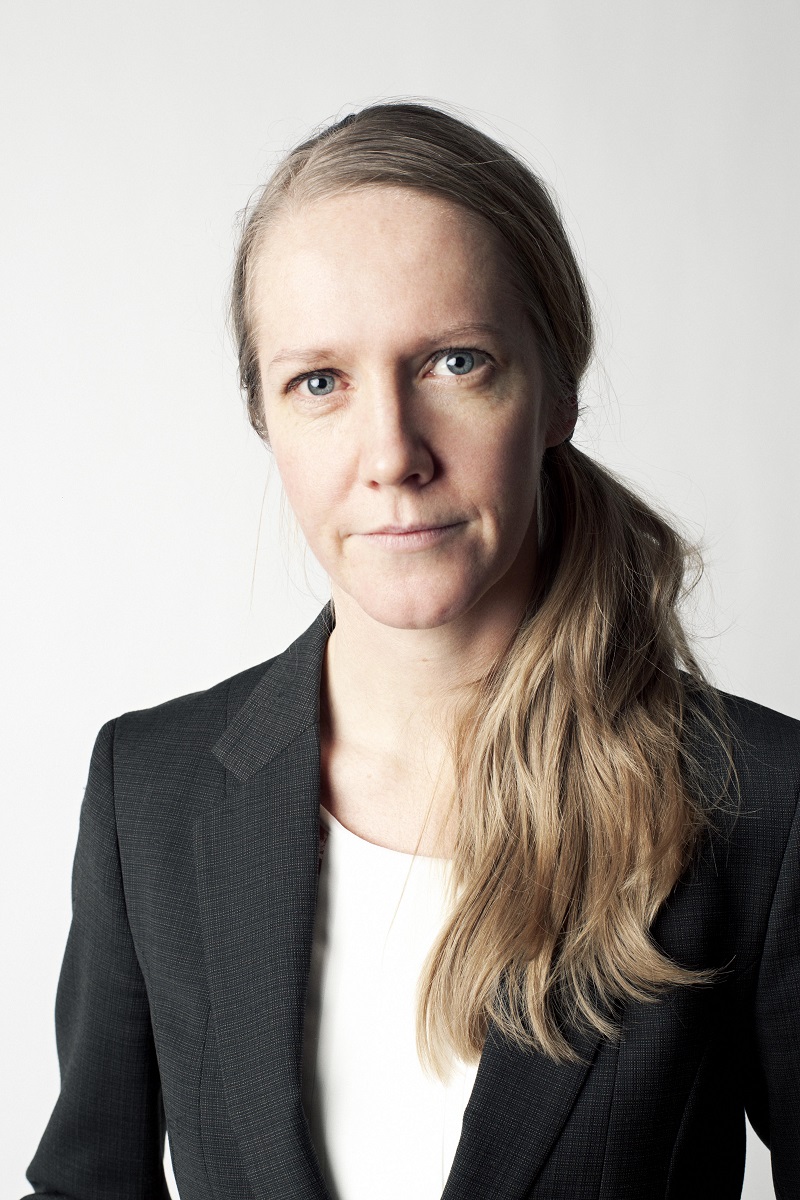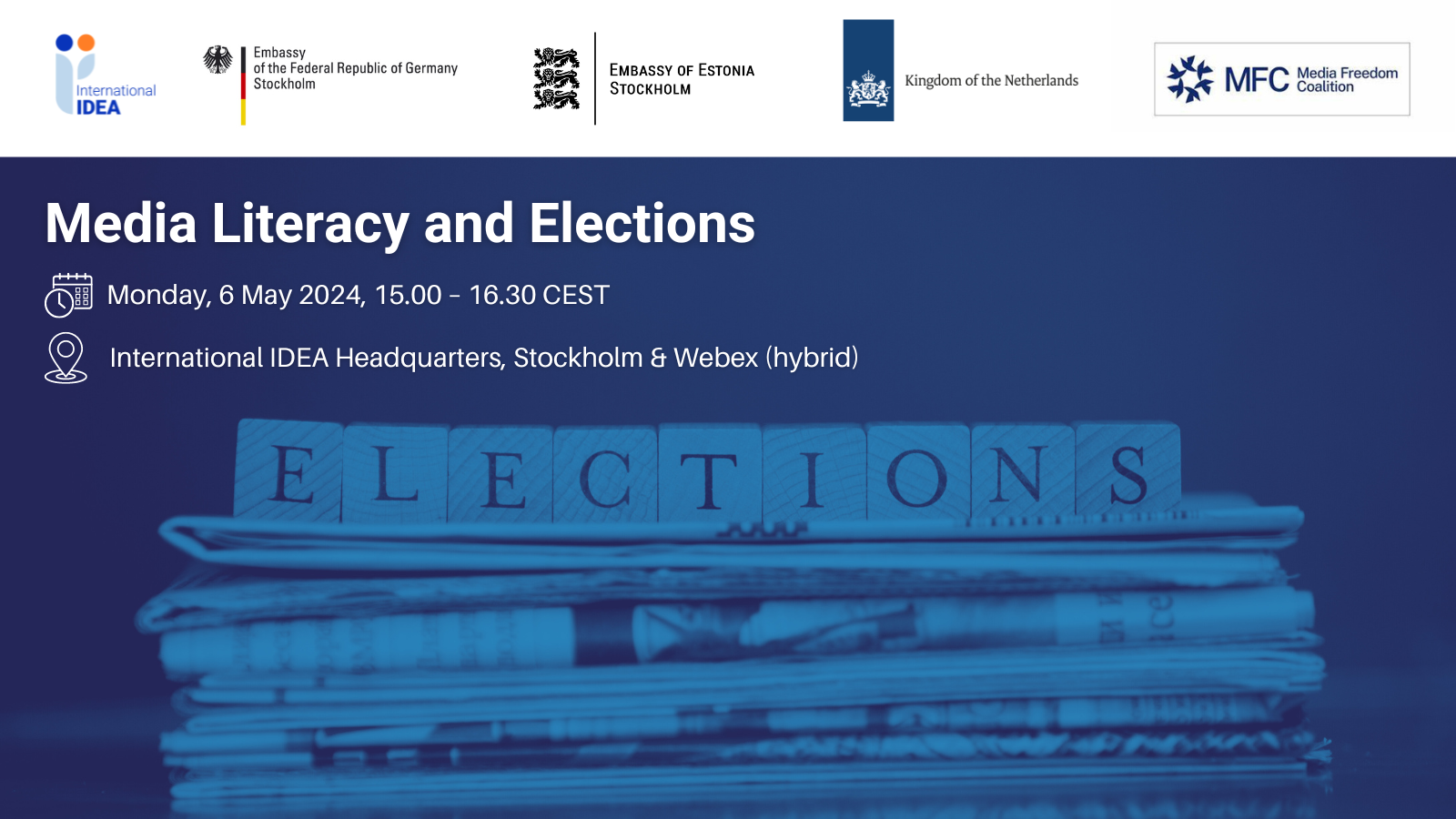Local elections at the epicenter of Nepal’s federal democratic future
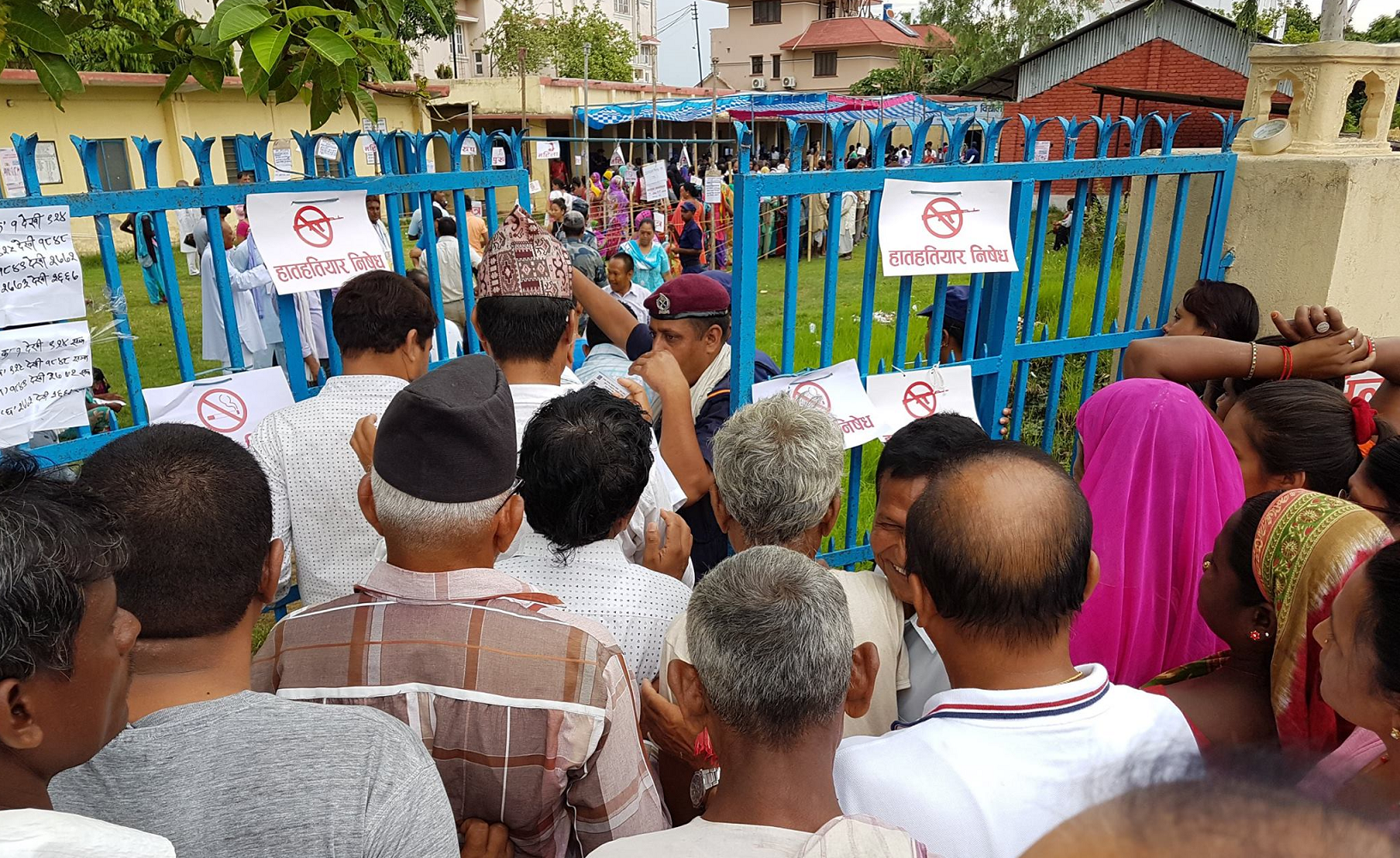
For the first time in 20 years, Nepali voters went to the polls to elect their local leaders. Ahead of the third and last phase to be organized on 18 September, here are some fast facts on the Nepal’s local elections of 2017.
1. The local elections forms a key part of Nepal’s transition from a unitary to a federal state.
In line with the new Constitution of Nepal, promulgated on 20 September 2015, the country is a federal democratic republic with a three-tiered government structure. On 20 February 2017, then-Prime Minister Pushpa Kamal Dahal announced that the elections would take place on 14 May. In other words, the Electoral Commission of Nepal, which is responsible for organizing the elections, had just above 80 days to ensure adequate preparation.
The importance of successful election of local governments cannot be overemphasized. It forms the first step towards an effective implementation of the Constitution—which will be followed by province and federal elections on 26 November. Beyond the existence of popularly-elected local governments, it will be important to follow how the legal framework that will clarify on powers, mandates and distribution of responsibilities is operationalized and implemented.
2. Local elections are organized in phases.
The local elections are organized in three phases. Thus, three provinces elected their local governments on 14 May (provinces number 3, 4 and 6) and 28 June (provinces number 1, 5 and 7), respectively. In the last phase, province number 2 is voting on 18 September. The local elections were originally foreseen to be conducted on one day, but logistics and the prolonged Madhese protests made the phased election necessary.
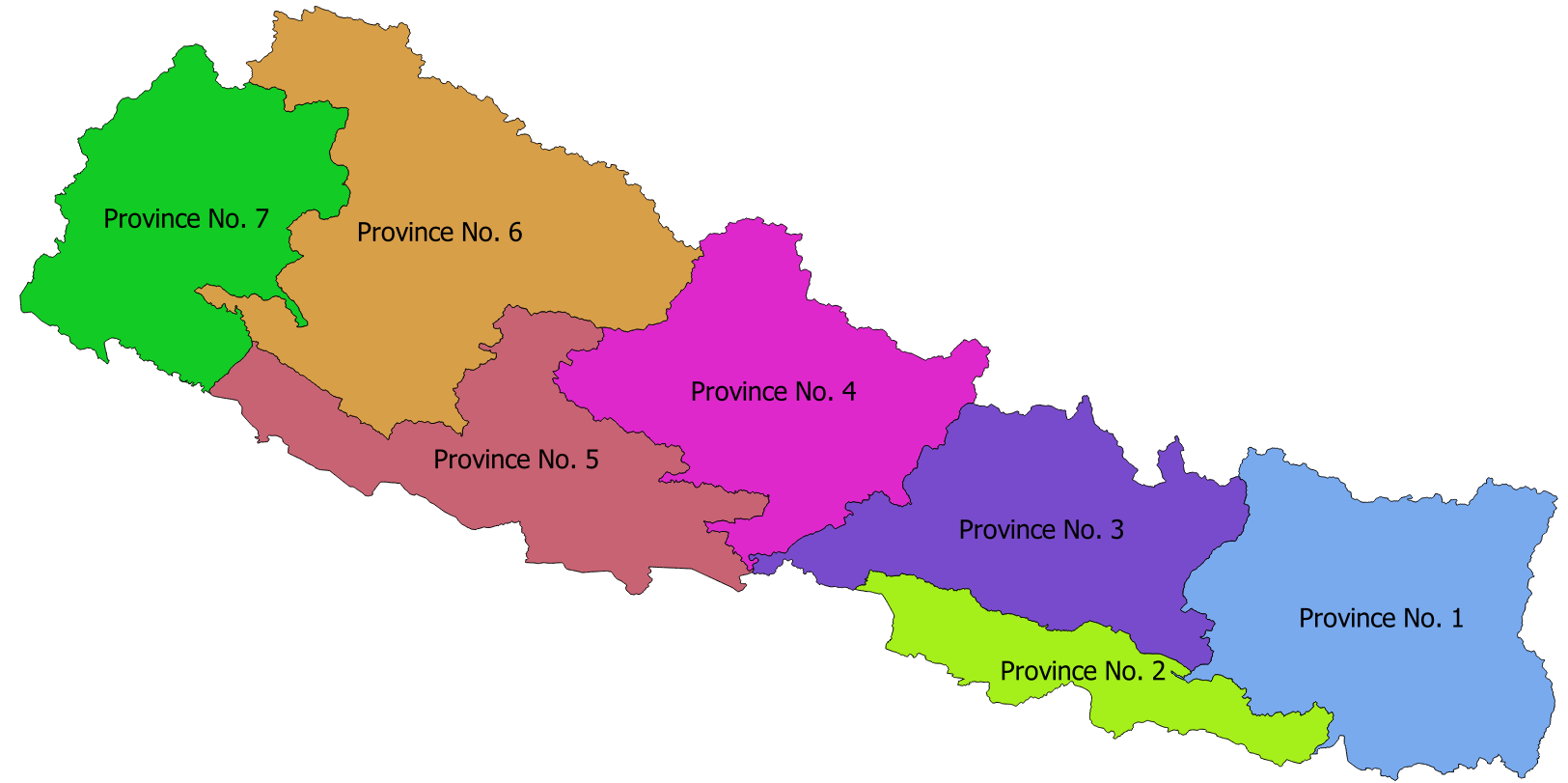
3. Ethnic-based protests and their impact on the organization of the elections.
Dissatisfaction among the Madhesi groups constituted a major obstacle to the organization of the local elections. The Madhesi constitute one of the largest group in the country and lives first and foremost in the low-lands of the Terai region in the south of the country, bordering India. Representing a marginalized group that for centuries have been dominated by the hill regions, Madhesi parties advocated for enhanced inclusion and identify-based federalism during the constitution-making process. However, as the process was fast-tracked after the April 2015 earthquake, groups advocating the Madhesi cause felt that their views were not incorporated into the final version of the constitution.
In this context, Madheshi political parties threatened to boycott the local elections as soon as they were announced. Lack of inclusive local elections—the first ones to be organized in decades—would of course represent a major blow to the country’s federal democratic future. Eventually an agreement was struck whereby the Madheshi agreed to go to vote provided that a set of constitutional amendments would be tabled in the parliament. Whilst the amendments failed to secure the required 2/3 majority in the legislative parliament, the Madheshi community nevertheless remains committed to proceeding with the last phase of local elections in their territory (province 2) next month.
4. Quotas have been put in place to ensure effective representation of excluded groups.
According to the Local Level Elections Act, municipalities are divided into wards whereby voters in each ward votes for one ward chair and four ward members that will represent the citizens living in the ward area in the local governments. Importantly, the Act stipulates that at least two (40 per cent) representatives from each ward must be women and one of the two women must be Dalit.
With the country being divided into 6.684 wards, the Act guarantees that at least 13.368 are women and, further, that half of these will be Dalit.* In addition, voters also vote for the mayor and deputy mayor in the municipalities (labelled chief and deputy chief in rural municipalities). Political parties that field candidates for both posts must, according to law, field one candidate of each gender.
Gender quotas have made Nepal a frontrunner in South Asia when it comes to guaranteeing women access to political decision-making positions at all levels. Looking at result from the two first phases of the local elections, it is difficult not to be impressed by the 42 per cent of locally elected representatives being women. Notably, considerable work needs to be done to promote women chances to obtain elected leadership positions. Of the 617 elected municipal mayors/chiefs, only 17 (3 per cent) are women. Due to gender quota provisions, 567 (92 per cent) women were elected to the positions as deputy mayors/deputy chiefs. Out of 5471 ward chairs elected so far, only 53 (less than 1 per cent) were women as no quota system is in place for this post.
5. Newly elected local bodies will have an important function in the daily lives of Nepali citizens.
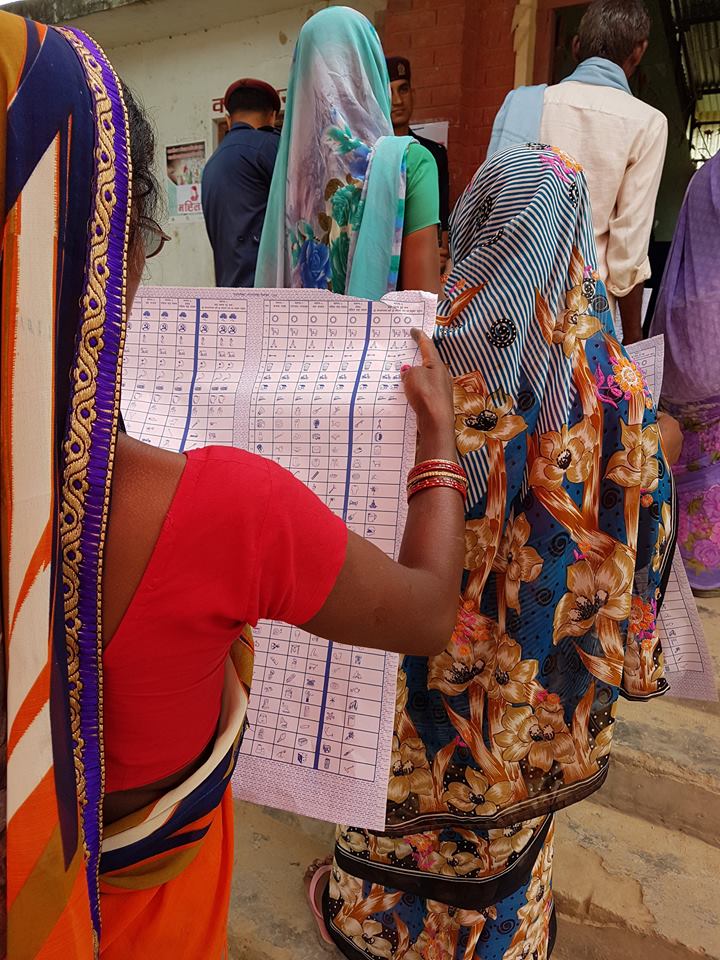
local elections in Nepal, 26 June 2017. Photo: Shana Kaiser
| International IDEA
What lies ahead is the establishment of how the new federal structure will be operationalized. Whilst the Local Level Governance Bill is still to be passed in the parliament, it is clear that locally elected governments will first and foremost focus on administrating the school systems, basic healthcare and basic infrastructure. However, the details on how this will be put into practice remains unclear.
The degree to which the newly elected local governments will be capable of effectively carrying out their mandates will largely depend on their capacity but also their access to resources. The Inter-Governmental Finance Management Bill—setting out the main framework for the distribution of resources between the three levels of governmen—will therefore be of outmost importance to Nepal’s federal future.
Nepal’s transition—Moving from V1 to V2
Two years after the constitution was promulgated, Nepal will vote for three elections this year— in addition to the local elections currently being rolled out, province and federal assembly elections will take place on 26 November. If all goes according to current plans, all three levels of government will be in place well before the constitutional deadline of end of January 2018 and the first step of the transition is thus completed.
With a local-level election turnout at 74 per cent in the two first phases, it seems like citizens are ready for and embraces the change. However, with this comes expectations. Will newly elected local governments be capable of making decisions that take into account local ethnic and socio-economic conditions and effectively implement such decision? Will the new structure of government promote development and improve people’s lives? The ability of local level governments to deliver, and the will of the center to let them do so, in their first years will be crucial forge continued commitment to the federal project in Nepal.
* Note that figures are from April 2017 and the slight changes to exact ward structure has been made.
